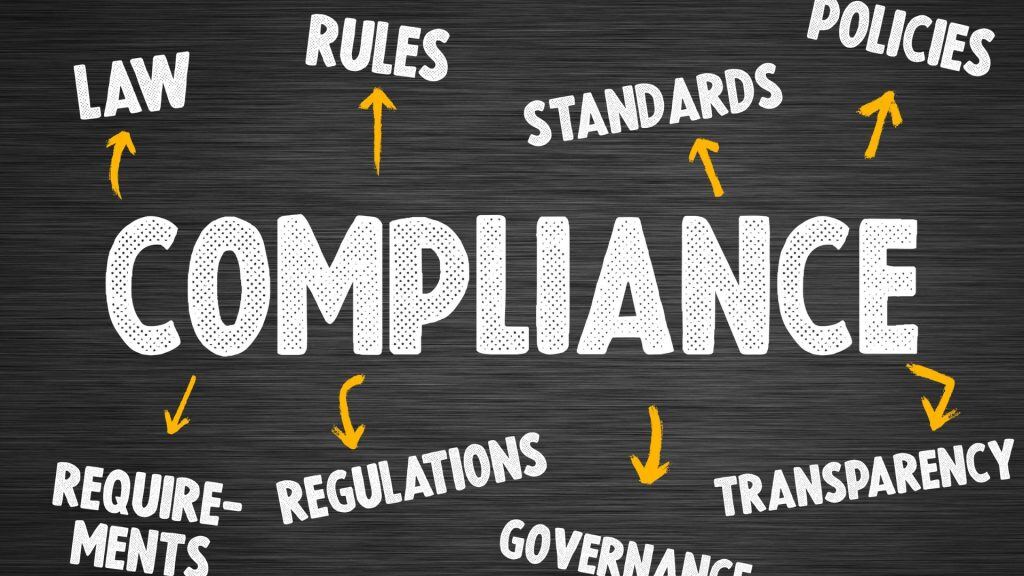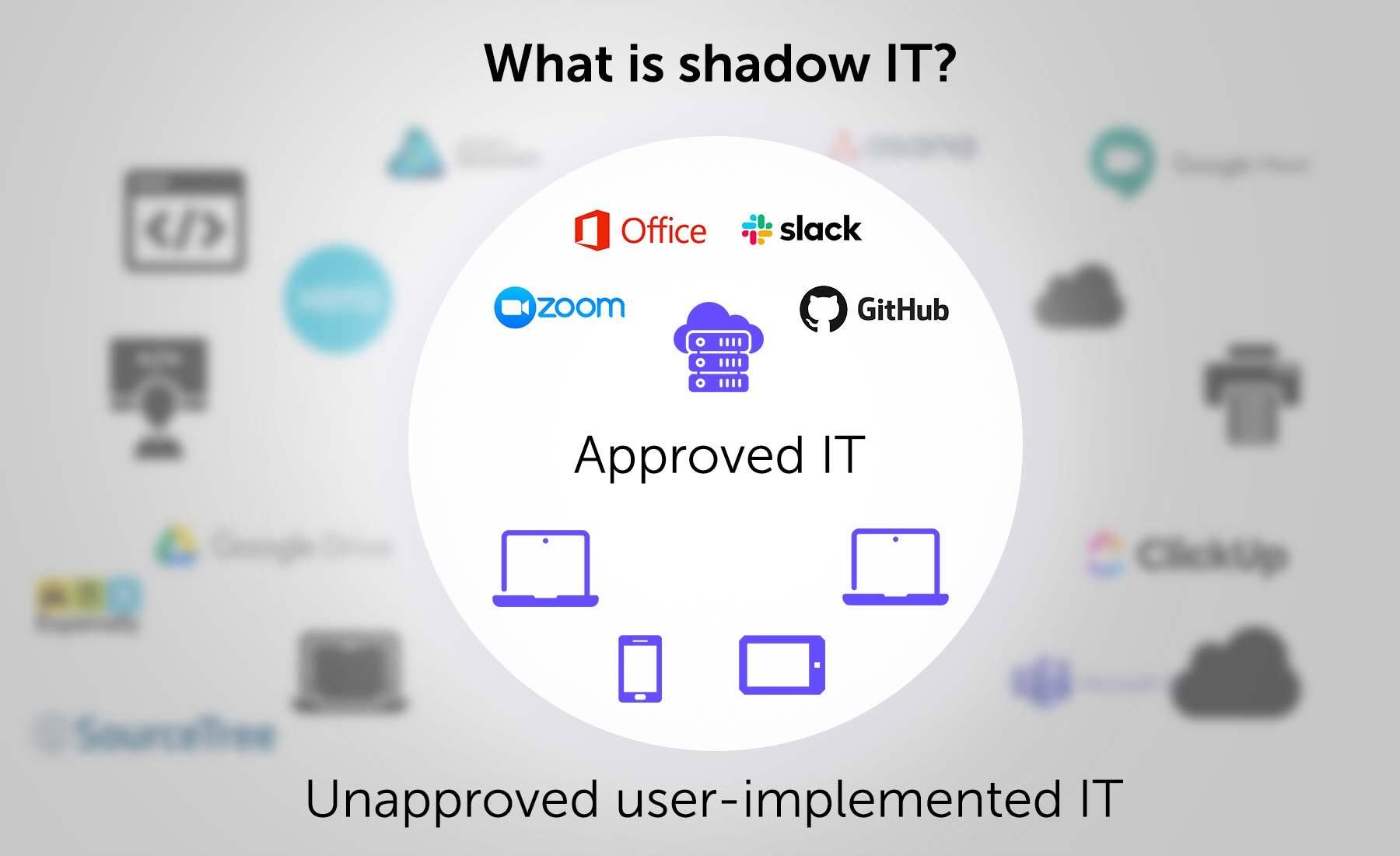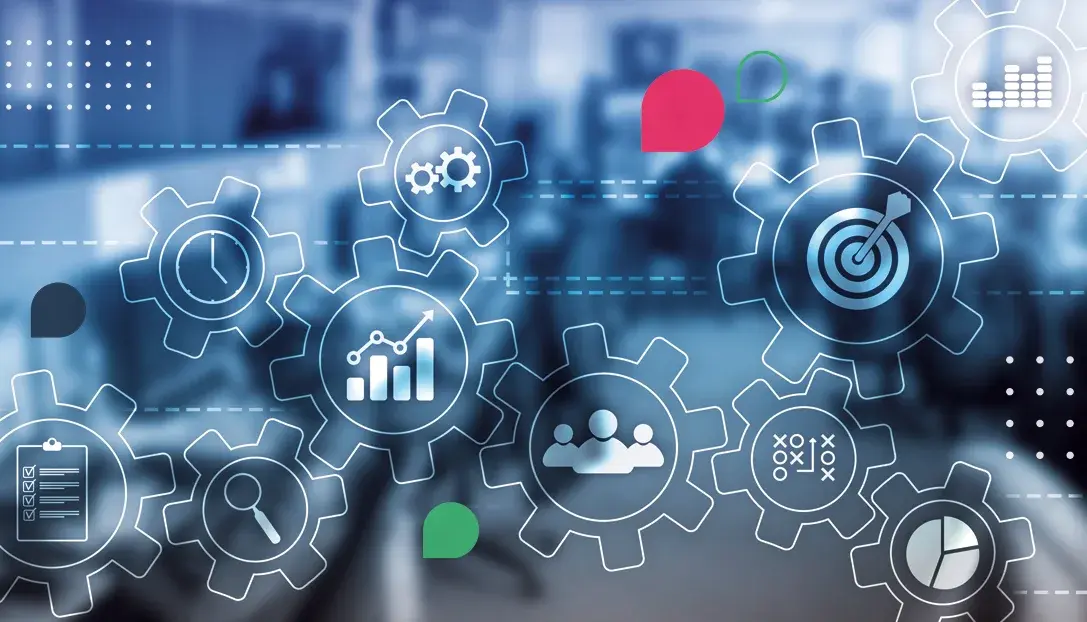What Schools Need to Know About HIPAA & Student Health Data
Schools handle sensitive student health data, which requires adherence to HIPAA and FERPA regulations for proper privacy protection. FERPA typically...
3 min read
 Aria - LATechNet Team
:
May 20, 2025 6:03:14 AM
Aria - LATechNet Team
:
May 20, 2025 6:03:14 AM
Multi-factor authentication, or MFA, is a security method that requires users to verify their identity in two or more ways before granting access. Think of it like unlocking a treasure chest—you're not just using one key, but two or more different keys to ensure the chest stays secure. Typically, MFA combines something you know (like a password), something you have (such as a smartphone), or something unique to you (such as your fingerprint).
While passwords alone used to be enough, today they're simply not strong enough to protect sensitive student and staff information. Cybercriminals have gotten smarter, and simple passwords can often be guessed or stolen easily. Unfortunately, schools have become prime targets for cyberattacks, facing threats like phishing emails, ransomware attacks, and unauthorized access attempts. MFA helps schools build a solid defense, greatly reducing the risk of these damaging security breaches.
It's surprising, but less than 30% of educational institutions have adopted Multi-Factor Authentication (MFA), leaving a worrying number of schools wide open to cyber threats (patentpc.com). So, what's holding schools back? Often, it's concerns about cost, worries about complexity, or the extra training needed for staff. But here's the thing: the benefits definitely outweigh these initial hurdles.
Research shows MFA dramatically boosts security. Implementing MFA can cut the risk of compromised accounts by over 99% (arxiv.org). Even better, MFA can block a whopping 99.9% of account compromise attacks (gitnux.org). Plus, MFA significantly reduces phishing success rates—by as much as 88% (patentpc.com). Clearly, adopting MFA is no longer just a good idea—it's essential for keeping school networks safe.
As educators, we know how important it is to keep our students and staff safe—not just physically, but also digitally. Schools store sensitive information like student grades, financial records, health documents, and personal details, all of which are valuable targets for hackers. Multi-factor authentication (MFA) helps us keep this vital data secure by adding extra layers of verification before someone can access it.
Beyond just good practice, MFA helps schools meet strict compliance requirements under data privacy laws like FERPA. FERPA requires schools to protect student privacy and securely handle educational records, and using MFA is a proven way to strengthen compliance (concensus.com). By using MFA, schools can confidently protect sensitive student information such as grades, special education plans, financial aid details, and even medical records from unauthorized access, ensuring our students' privacy stays intact.
Starting your school's journey toward MFA begins with a cybersecurity risk assessment. Think of this as your roadmap, highlighting exactly where your school might be vulnerable and where you should focus your efforts first. Once you clearly understand potential weak spots, choosing the right MFA solutions becomes easier. When selecting an MFA tool, look closely at how easy it is for everyone to use, how well it can grow with your school, and whether it fits your budget—affordable doesn't have to mean less secure!
Next, don't forget the training. Staff and students should comfortably understand how to use MFA tools; otherwise, its effectiveness can drop drastically. Regular, friendly training sessions can make a big difference. Lastly, make sure your MFA systems stay updated—regular check-ins, timely software patches, and monitoring for unusual activity will keep your school's digital environment safe and secure.
Introducing MFA in schools can seem tricky at first, especially when it comes to convenience. Teachers and administrators might worry about complicated logins or slowdowns in classroom activities. However, today's MFA solutions are user-friendly and quick, often involving a simple tap or a short code. The benefits far outweigh the minor adjustment period.
When considering costs, it's important to remember that the expenses tied to security breaches—like recovery time, compromised student data, and lost trust—can far exceed the investment in MFA. Schools often find that the peace of mind is well worth the initial investment.
To successfully implement MFA, start by clearly explaining these benefits to administrators, teachers, and IT teams. Sharing examples can be powerful: for instance, the Lexington School District smoothly adopted MFA, significantly reducing cyber incidents while keeping everyone happy with easy-to-use solutions.
At LATechNet, we understand that every school has unique technology needs. That's why we're committed to providing tailored IT solutions specifically designed for educational institutions. With our deep expertise, we guide schools smoothly through implementing multi-factor authentication (MFA). From assessing potential risks and selecting the right MFA solution, to training your teachers and staff, and providing ongoing support, we’ve got your back every step of the way.
Our dedicated team is passionate about helping schools strengthen cybersecurity, maintain compliance with educational regulations, and protect student and staff data through secure and easy-to-use MFA solutions. By partnering with us, schools gain a trusted friend committed to safeguarding their digital environments.
Reach out to LATechNet today—let's work together to proactively protect your school community and ensure peace of mind in an increasingly digital world.
Multi-Factor Authentication (MFA) has quickly become a must-have for schools, acting like a trusty guard at the digital gate. As cyber threats get sneakier and more frequent, MFA provides that extra security layer to keep sensitive student and staff data safe and sound. It's not just about passwords anymore—it's about smart, layered protection that can help schools prevent costly data breaches and protect their community.
By making MFA a top priority, schools can significantly boost their cybersecurity readiness. And remember, you don't have to go it alone. Working with knowledgeable IT experts, such as the team at LATechNet, can make the process smoother and more effective. Their expertise helps schools tackle cybersecurity challenges head-on, ensuring institutions remain resilient and ready to thrive in our increasingly digital world.

Schools handle sensitive student health data, which requires adherence to HIPAA and FERPA regulations for proper privacy protection. FERPA typically...

Shadow IT in schools refers to the unauthorized use of apps and devices by teachers and students, posing significant security and compliance risks....

This article delves into the importance of data privacy and compliance in schools, emphasizing the need to protect sensitive student information...